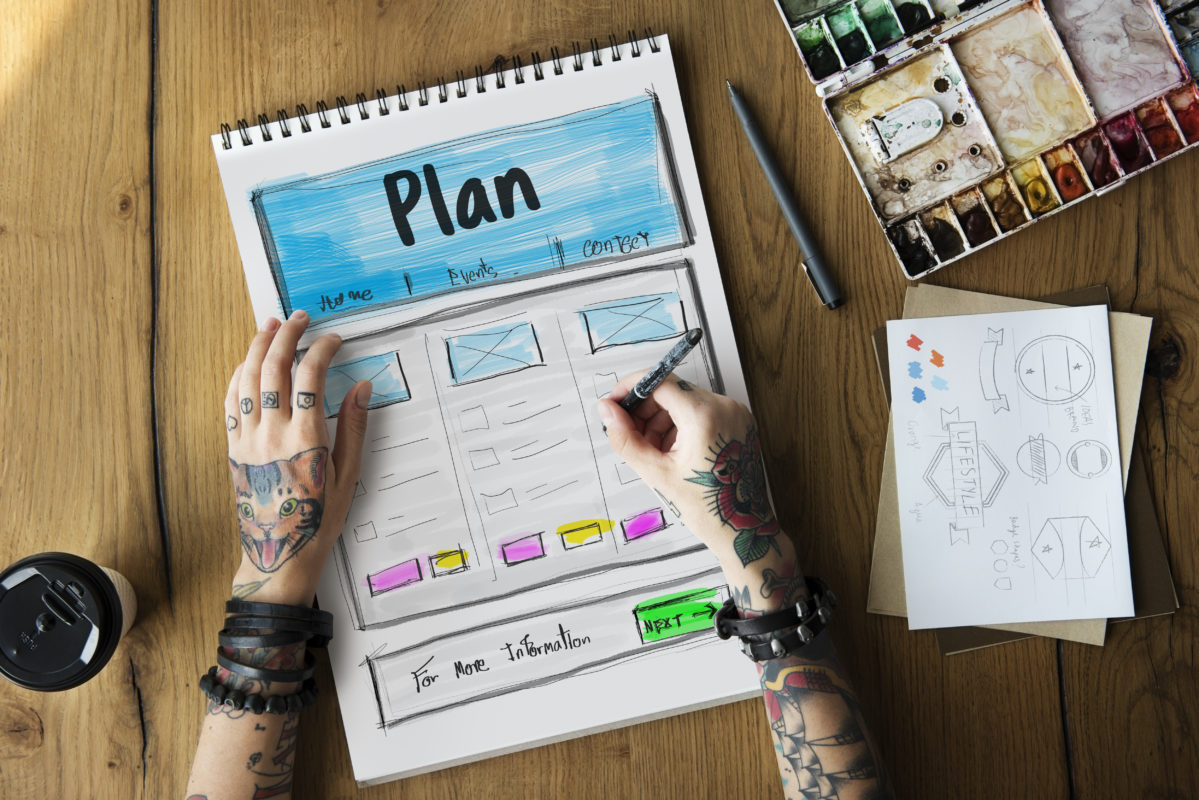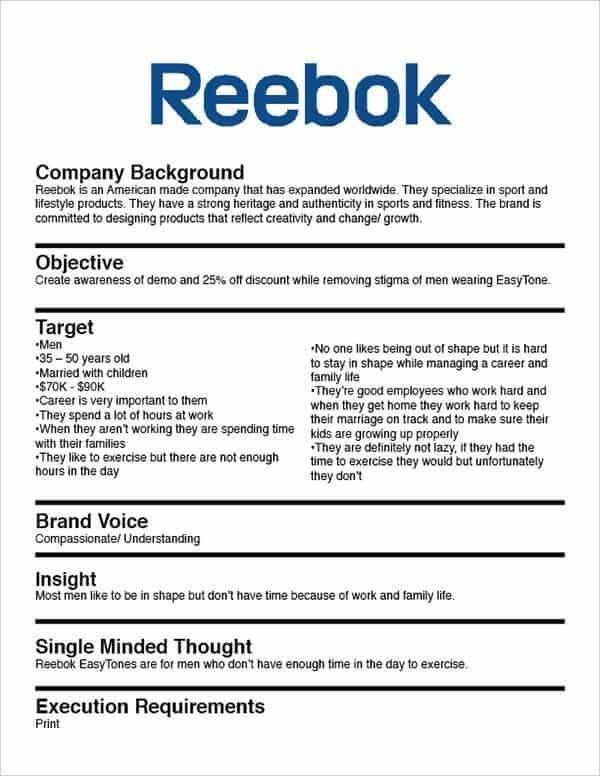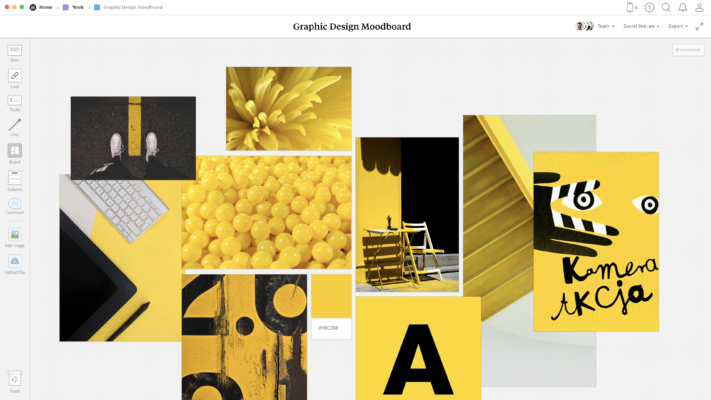No products in the cart.
Graphic Design
A Step By Step Guide to Graphic Design Workflow
Graphic design is more than just putting elements together as you go along. A lot of planning should go into creating something for a client. A team of designers should spend hours coming up with those unique visuals. That’s the only way they can create something that will match the client’s expectations.
In short, all graphic designers like you need a defined graphic design process. A fixed graphic design process won’t only help you get organized. It will help optimize your workflow so none of your efforts will go to waste. Since your stress levels are down as a result, you’re happier, too! You build a good relationship with clients as well because of your excellent work.
In this article, let’s look at the steps to a good graphic design workflow you can use.
Ready? Let’s dive in!
Guide to a Graphic Design Workflow
A graphic design workflow covers all the steps you have to take to get a concept to become a finished product. That finished product doesn’t have to be just visually appealing. It has to meet the expectations of your client, too.
Here are steps to a good graphic design workflow:
1. Review the Brief
The brief sets the tone for the project. The client provides you with the brief that shows you what they want. Go through the concept brief several times. Determine the budget and timetable of the client for the delivery of project assets.
Source: Marion
Ask the client for any clarifications. You want to fully understand what the client wants so you don’t have to bother them again when you’re in the process of creation. Also, you wouldn’t want to submit something that’s just the opposite of what your client wants.
During the entire design process, you can always refer to the brief when in doubt.
2. Research the Topic
The brief offers a lot of valuable information. But you have to do your own research, too. There are important things that you won’t see in the brief.
For instance, you’ll only know about the designs on the same topic if you do a bit of digging on your own. Look at fellow designers’ social media accounts and websites. I recommend you review the designs of a few competitors.
Competitor research is a good source of inspiration. Create a spreadsheet with links to their designs so you can compare and contrast. Check out a good graphic design library, too.
Doing research on your client helps, too. Check out the designs they used in the past. You are likely to find those on their website. You can also do a quick Google search. You want to get an idea of the color scheme, font, layout, among others, your client wants so you can create something that incorporates those elements.
You can also do a bit of research on your client’s target audience during your research. Even though you’re designing for your client, your client will ultimately use your output to reach their own target audiences. If your output connects with the client’s target audience, your client is happy.
3. Create a Mood Board and Brainstorm
It’s time to start generating design ideas.
Get your pen and paper, and start brainstorming concepts with your team.
A mood board can help. A mood board is a collection of visual material you can use to understand a brief, a client, a competitor, or a demographic. It is a fundamental transition between your idea and the output.
Source: Milanote
According to Canva, here are some reasons you should create a mood board:
- It helps establish a strong foundation: A mood board shows you what the end result could look like.
- It helps clarify the vision: A mood board helps you stay on track. It helps remind you of your original goal.
- It helps ensure collaboration: Shift planning is critical when there are only a few members in your team, and there’s a lot to do. But what if a team member has a question about a design element and you’re not around to answer it? All they’d need to do is look at the mood board.
- It involves clients in the process early on: Show the mood board to your client so they’ll know what you’re planning to do.
When creating a mood board, be spontaneous. But make sure you still base everything on the brief and what you researched.
4. Sketch Your Ideas
Perhaps you felt a burst of creativity?
This is the time to pick up a pencil, walk away from the board, and begin sketching. You can do this by hand or digitally. There’s online graphic design software you can use to create something in a jiffy.
I suggest sketching by hand instead, though. When you sketch by hand, you have fewer distractions. You don’t see that desktop background or those messages popping up on your screen.
Source: Graphic Design School
There’s no hard-and-fast rule for where you should draw your sketches. Some designers sketch on A3 paper. Others prefer cardboard. Just look for that material that works for you.
Once done, you can share your sketches with the clients. This way, you can determine whether you are moving in the right direction or not.
5. Modify the Designs according to Feedback
Making design changes is part of the work. Don’t be offended when your client gives you constructive criticism about your initial sketches. Instead, take note of the comments.
According to Toptotal, here are other things you should do when receiving feedback:
- Keep calm.
- Assess if it’s quality feedback.
- Don’t take it personally.
In the partnership, you are the creative lead. If a change is not possible because of time constraints, tell your clients. But don’t forget to entertain their ideas, too. You can be assertive but you should also keep your client happy.
Use the client’s quality feedback to modify the designs.
The changes can range from minor design tweaks to major ones. When undertaking the modifications, take note of the deadline for the final project your client gave you. You can’t spend too much time modifying your sketches. You don’t want to leave little time for creating the final product.
6. Create the Final Product
Congratulations! You have your final sketches. Now, it’s time to execute.
Make sure you follow your final sketch to the letter when creating the final output. Remember, that was the design approved by the client. Now is not the time to experiment. You wouldn’t want to create something your client will only send back to you again.
Source: Design Crowd
Hand over the final product files to the client. Follow your client’s instructions on how to do just that. You can send the files to them in PDF format or in any other format the client specifies. Just follow the client’s specified format. Remember, they will need to access your files. They might not be able to do that if you send the files to them in a different format.
Once you’ve done those things, sit back and wait for the final prints to appear on the client’s products.
The Bottom Line
A graphic design workflow is crucial to your work. It helps you stay organized. It also helps ensure your efforts don’t go to waste.
Here are the steps to a good graphic design workflow:
- Brief review: Go through the brief provided by the client carefully.
- Research: Conduct thorough research on the project, your client, and the designs of fellow graphic designers on the topic.
- Brainstorming and mood board creation: Consult with your team on potential ideas. Create a mood board, a fundamental transition between your idea and the output.
- Sketching: Put your thoughts on paper. You can share your designs with your clients and see which designs resonate with them.
- Design modification based on feedback: Tweak your designs based on your client’s feedback.
- Execution: Create the final product and send it to your client.
Just follow this workflow. You’ll see you and your team members will be more productive. Your clients will thank you for your excellent work, too. The result? They’ll put in a good word for you, and more clients will just come knocking on your door.






